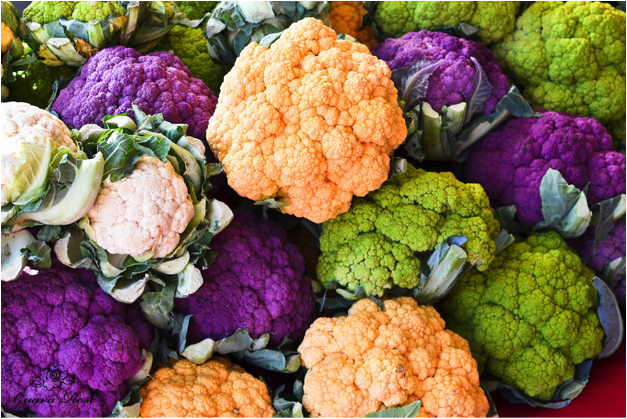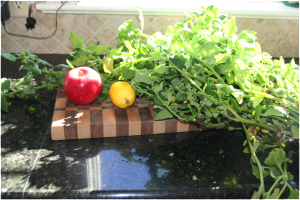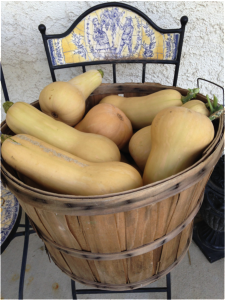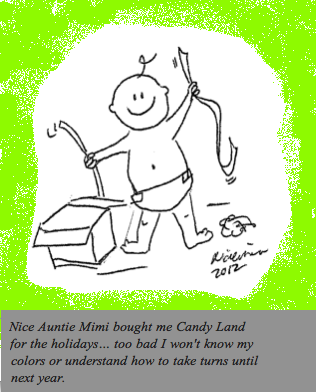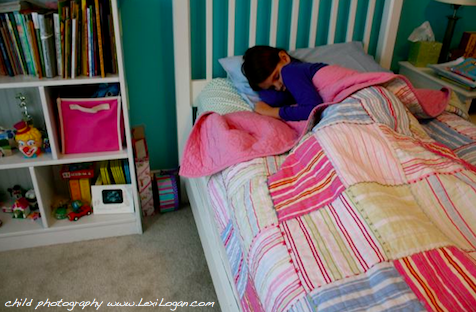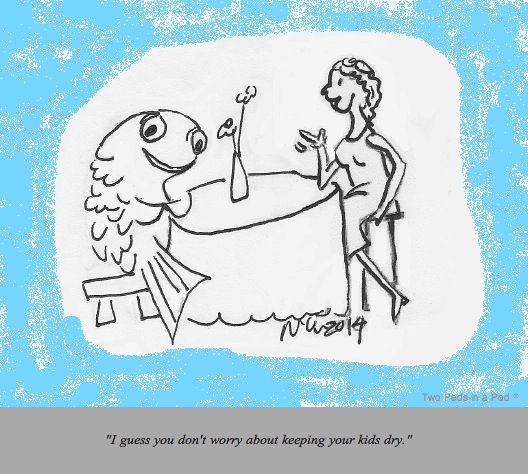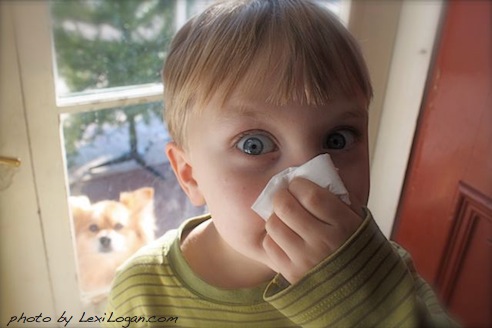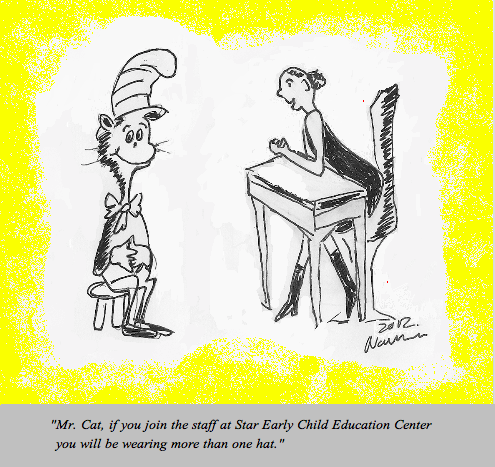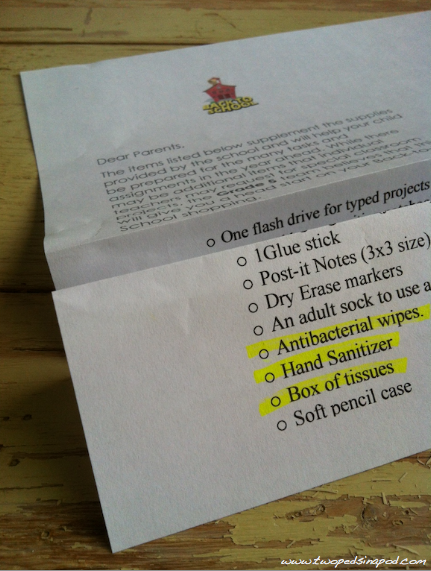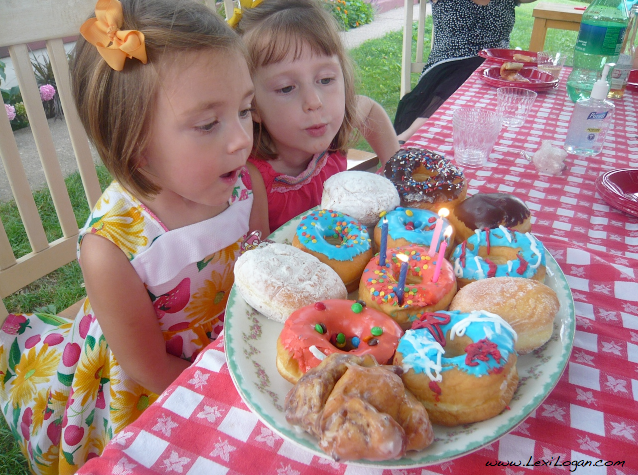More ideas and mouth watering recipes from our backyard organic gardening physician
Pediatrician and mom Dr. Marion Mass writes this post in honor of Random Acts of Kindness Day, today November 19 in Bucks County, PA. This day is in memory of Abby Schumer, a friend of Dr. Mass’s family, who lost her life to a brain tumor at age 10. Gardening, cooking with her children, and donating meals to families in need is how Dr. Mass’s family celebrates this day.
* * * * * * * * * *
Despite the fact that it’s November and several frosts have hit the Northeast, we still have a surplus of fresh vegetables from our organic garden. If you would like to be in this enviable position next year, please see my former guest-blog post explaining why you should get started now!
We garden because we value healthy high quality organic food. There is a no more satisfying way for your family to get it than from your own yard. Right now, garden centers across the Northern Hemisphere are selling off their seeds for cheap. And these seeds can be saved until next year. How should you choose what to grow? Grow some produce you know your family is will eat. First, consider looking for seeds with different hues. For example, many kids will eat lettuce. How about a red or maroon-leafed variety? Ditto that with the gardener’s favorite, tomatoes. There are yellow, orange, pink, black and blue varieties. One of my pet hypotheses is that the more colors we ingest, the healthier we are…and kids love a rainbow plate. Grow some vegetables that are easy to grow: radishes, beans, beets, and the butternut squash and New Zealand spinach described below, all fall into this category.
Spinach is high in vitamins A, B2, B6, E and K, as well as numerous antioxidants and iron. Shockingly, one cup of spinach contains 25% of the US RDA of calcium, welcome information for those who do not consume dairy products. We grow New Zealand spinach because it does not get stringy and bitter like other varieties and doesn’t get mushy when cooked. In addition, two seeds of this variety grow a plant that is so prolific that it feeds my family and several others from late July (seed planted in May) until the hard frost takes it out.
Butternut squash is high in fiber and extraordinarily high in vitamin A. It is great to grow up a gate or fence, the flowers are edible, and if your kids don’t mind crushing stink bugs, easy to grow. This year only 6 seeds grew 65 pounds of our favorite hard squash!
Cauliflower is also high in fiber as well as vitamin C. Recent studies suggest that there are certain phytochemicals in cauliflower with cancer-fighting properties. It’s a little harder to grow, given its attractiveness to the cabbage loper caterpillar, one of my garden nemeses. Vigilance and a few tricks can help you! We purchase praying mantis egg cases and lacewing insect eggs from online stores such as Gardens Alive. These beneficial insects will eat the cabbage loper caterpillar. In addition, finding the green worms on the back of the leaves and hand crushing them depletes their population.
Mouth watering recipes:
Farfalle, Sausage and NEW ZEALAND Spinach
This recipe is good with any leafy greens, and would be OK with traditional spinach, but it is exceptional with New Zealand spinach which has a great bite and holds up after cooking. This recipe is the creation of my wonderful foodie-friend Jeannine
Ingredients – (flexible on all quantities)
1 lb Italian sweet sausage, casing removed
2 cloves garlic, minced
1/3 cup red wine
salt/pepper to taste
New Zealand Spinach, washed/dried -enough leaves to cover (2) dish towels
Farfalle pasta, ¾ lb
Parmesan, freshly grated, to taste
Preparation – takes 15 minutes
1. Cook pasta in pot boiling salt water. Farfalle usually takes 10 minutes.
2. At the same time, in a deep skillet, cook sausage, crumbling with cooking utensil as it cooks; you can add a little water while it cooks, to prevent sticking, but don’t add too much; the meat sticking will help you when you deglaze pan later
3. Once sausage is cooked, add the minced garlic (1) minute
4. Add wine, simmering a few minutes, deglaze the pan with your spatula, all the stuck pieces of browned meats will come off bottom skillet.
5. Then add the dry spinach leaves; even if pan is overflowing with spinach, it will wilt to a much smaller amount. If using “new Zealand” spinach, it needs extra liquid to cook – scoop out a measuring cup of the boiling pasta water and add to the sauasage/spinach mixture to help cook. Cover with lid for approx 2 minutes. You want the spinach to be wilted, but not overcooked.
6. Season with salt and pepper to taste
7. Drain cooked pasta and mix in serving bowl with sausage mixture.
8. Pass grated parmesan cheese
9. Great leftover too.
Roasted Butternut Squash with Pepitas and Pomegranates
Preheat oven to 375. Cube a medium butternut squash into ¾ inch pieces. I leave the skin on for extra fiber. Place on a rimmed cookie sheet and drizzle with 1-2 tbsp olive oil, sprinkle with ½ tsp salt. Roast in oven till fork tender, about 45 minutes. Remove from oven, sprinkle with roasted pepitas (pumpkin seeds) and sprinkle with pomegranate seeds. Serve warm or at room temp. Makes a great Thanksgiving vegetarian entrée, just add cubed fresh Mexican cheese (queso fresco)
Roasted Cauliflower
Preheat oven to 350. Cut 1 medium head of cauliflower into 1 inch florets and place on rimmed cookie sheet. Drizzle with 2 tbsp melted butter (it really tastes better than olive oil here) and sprinkle with 2 tsp organic cane sugar, ½ tsp salt, ½ tsp cumin, and a tiny pinch of cinnamon. Roast in oven for 30 minutes until fork tender. We serve this as an appetizer or a side dish. You can vary the spices used… We added chili powder last night, have done it with oregano and thyme or coriander.
Some of my favorite garden websites:
Kitchen Gardeners International (features forums, recipes, blogs and the ability for people to gather on a local level)
Chiot’s Run (garden journal of a small organic garden in the Midwest)
The Royal Horticultural Society (the UK’s leading gardening charity, promotes horticulture and gardening.)
You Grow Girl (unusual plants, recipes, beautiful pictures, and gardening tips)
Skippy’s Vegetable Garden (a Boston city vegetable garden)
Marion Mass, MD
©2014 Two Peds in a Pod®
